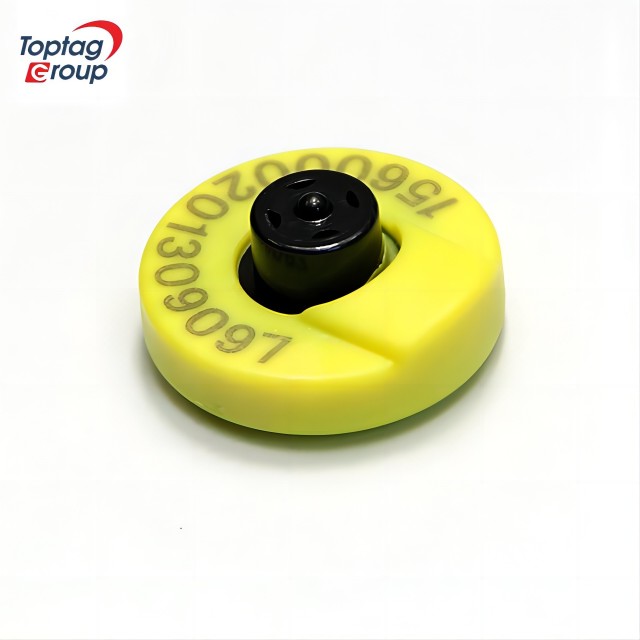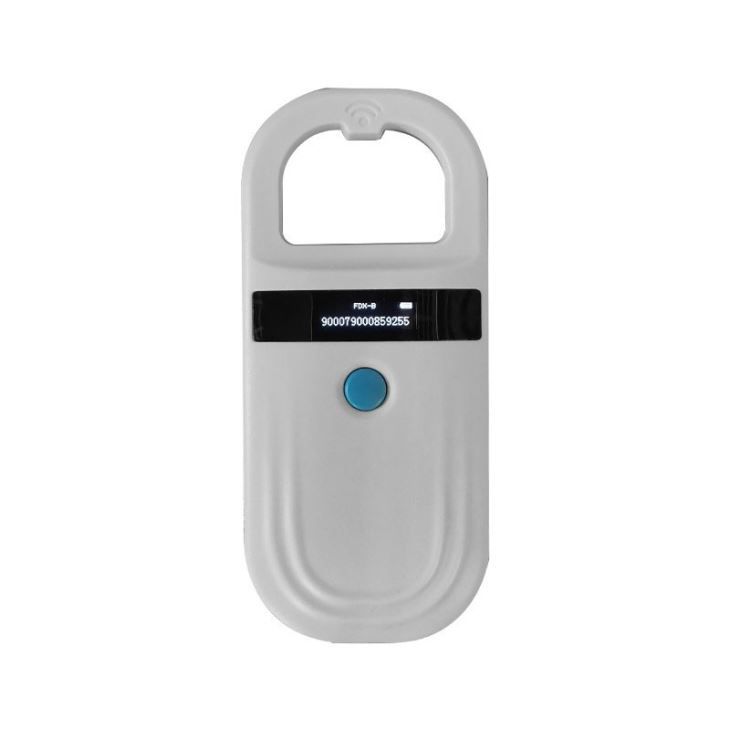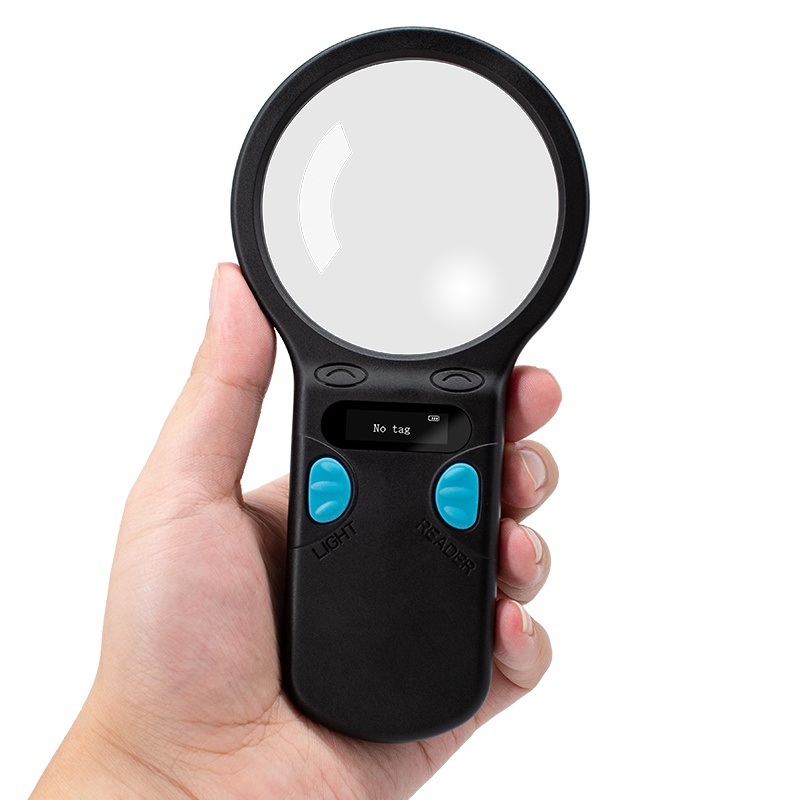RFID technology, as the most fundamental part of animal husbandry, plays a role in connecting individual animal data and management systems, and is applied in various stages of animal husbandry.
Identity recognition
Each animal in the farm has its own RFID tag with a unique ID code. After inputting the animal’s identity information into the tag, the RFID tag is completed to bind the animal’s identity. This RFID tag is equivalent to the animal’s “ID card”. By using RFID card readers (both fixed and handheld) to identify the tag, the corresponding animal’s identity information can be quickly obtained, and the individual situation of the animal can be recognized and understood.
Counting inventory
The ID number of an RFID tag is unique. When an animal enters a channel equipped with an RFID card reader, the card reader automatically recognizes the RFID tag, obtains individual information of the animal and the ID code of the tag. Based on the uniqueness of the code, the number of recognized tags is counted to complete the counting of the number of animals that are released and returned to the column. The RFID card reader has high accuracy in the recognition process, fast recognition speed, no need for repeated inventory, simplified workflow, and improved work efficiency.
Fine feeding
RFID readers are installed near the food trough and sink. When an animal enters the food trough or sink, the RFID reader automatically recognizes the animal’s identity information and determines how many times the animal has eaten or consumed water today. Then, based on the identified animal identity information, the reader automatically cuts the food. If the two feeding times are short, record the situation without feeding, and open the outlet to allow the animals to go out. Reasonably control the feeding and drinking water of each animal, achieve refined feeding, meet the nutritional needs of different animals at different stages, and keep the animal’s meat within a certain range.
Intelligent Column
Install an RFID reader on one side of the weighing device. When the animal enters the weighing device for weighing, the reader obtains the animal’s identity information, and the weighing device measures the animal’s weight. After weighing, the system automatically opens the channel door that matches the column data based on the information uploaded by the weighing device and the reader, and assigns animals with similar weight, age, and other information to the same enclosure. In the system, you can view the enclosure where the animals are located, and the ownership of all animals in the enclosure is clear at a glance. In the later stage, you can compare the column data set during the column with the current animal breeding situation to understand the growth of the animals.
Epidemic prevention testing
Animal epidemic prevention and management has always been one of the key tasks of breeding managers, and the prevention of animals directly affects the health status of the entire breeding farm and the income of farmers. Use RFID readers to identify electronic ear tag information of animals, obtain epidemic prevention monitoring data of animals, separate animals with past medical history from animals without corresponding past medical history, and prevent cross infection; Separate and keep animals that have not been vaccinated from those that have been vaccinated to avoid infection caused by weaker animals. After obtaining the corresponding epidemic prevention measures, input the epidemic prevention testing information into electronic ear tags to clarify the epidemic prevention situation of animals.
Behavior prediction
RFID tags run through the entire animal rearing life, recording the animal’s rearing situation from childhood to release. If an animal exhibits abnormal behavior, it can be analyzed based on past animal feeding data and animal age to predict its behavior, determine whether the animal is sick, whether it is in estrus, whether a pregnant animal is about to give birth, etc., take preventive measures, start from the smallest details, and ensure the healthy growth of the animal.
Traceability
If the corresponding animals are imported from other sources, RFID card readers can scan and identify the electronic ear tag information of the animals, obtain the animal’s identity information, parental information, birth and breeding farm information, understand the origin identity information of the imported animals, and trace the identity information of the imported animals to ensure that the health source of the imported animals is traceable.
RFID technology provides reliable technical support for intelligent breeding, achieving more scientific and standardized management and breeding, effectively saving manpower, reducing feed waste, meeting the cost reduction needs of breeding enterprises, greatly improving production and quality, and helping enterprises improve quality and efficiency.
Related Products









